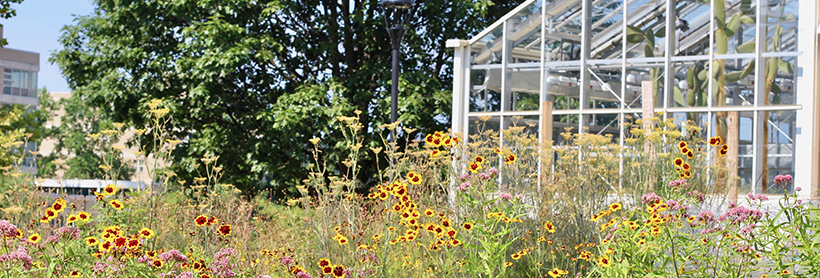
BIOSCIENCE BUILDING
The Bioscience Building is location 9 on the tour. The following description also appears on the Story Map.
This academic facility earned silver-level LEED (Leadership in Energy and Environmental Design) certification in 2013. Building features include a green roof, pollinator beds, and stormwater elements. The extensive green roof that covers 16% of the roof area is estimated to reduce annual roof runoff by 12% or 109,732 gallons.
PHOTOS
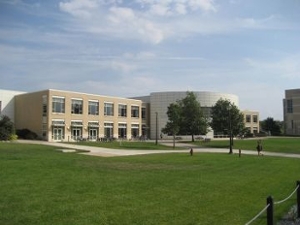
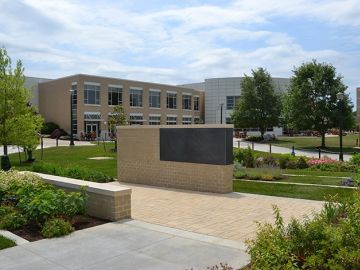
(Above) Photos of the Bioscience Building landscape before and after by Rhodeside & Harwell (landscape architects, planners, and urban designers).
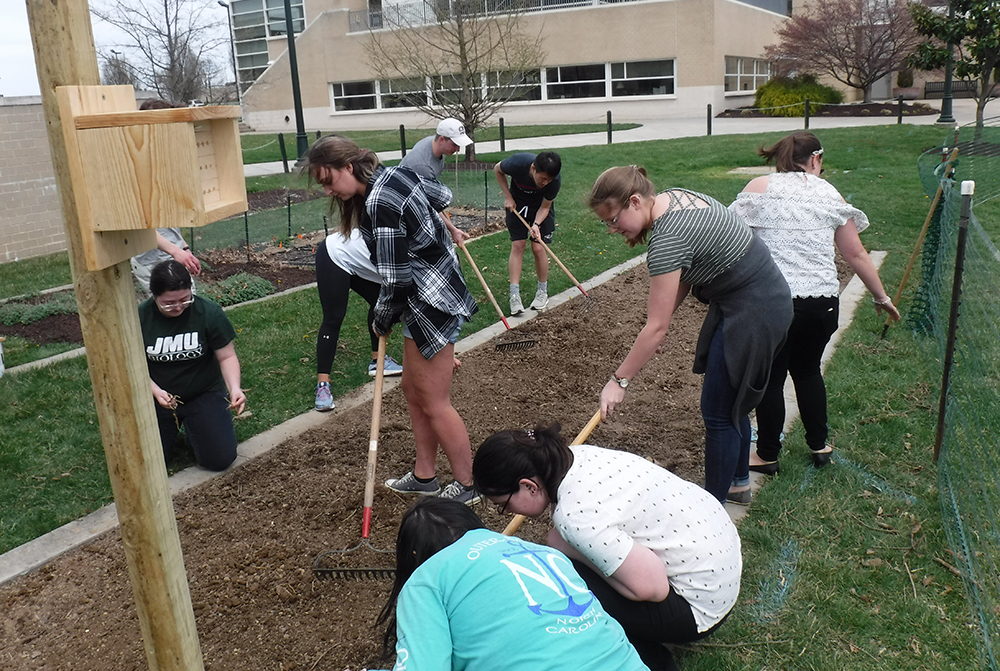
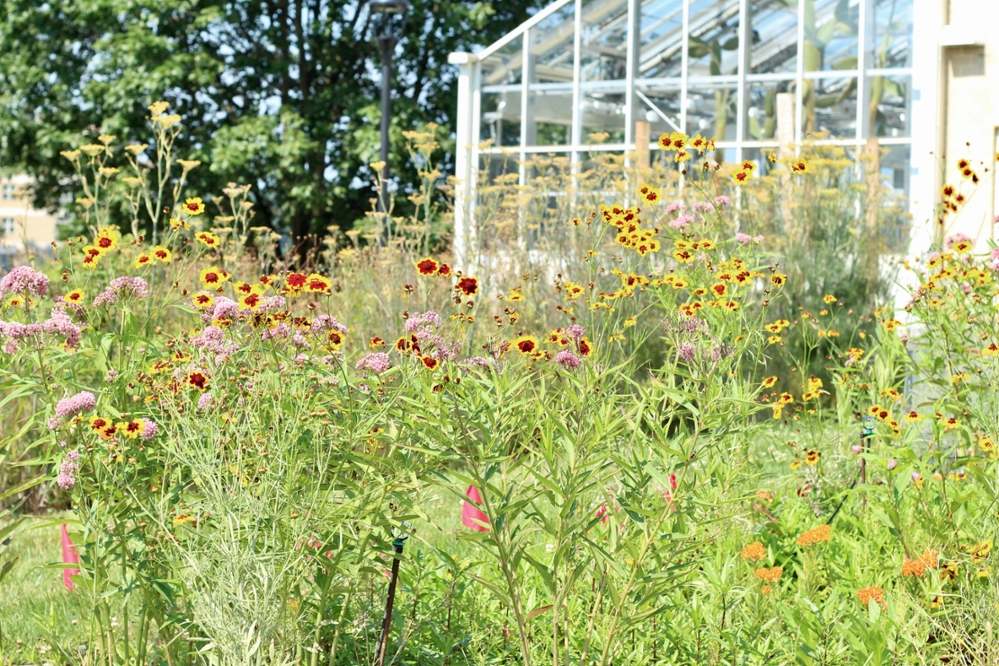
SUSTAINABILITY FEATURES
STUDIES
The Landscape Architecture Foundation (LAF) conducted a study of the original JMU Bioscience Building Landscape as part of their Case Study Investigation (CSI) Program. The Case Study Investigation (CSI) program is a unique research collaboration that matches LAF-funded student-faculty research teams with leading practitioners to document the benefits of exemplary high-performing landscape projects. Teams develop methods to quantify environmental, economic and social benefits and produce Case Study Briefs for LAF’s Landscape Performance Series. The JMU Bioscience Building Landscape Case Study was written by Research Fellow Leena Cho, Lecturer in Landscape Architecture, and Margaret Graham, MLA Candidate, University of Virginia in cooperation with firm liaison Kurt Parker, Rhodeside & Harwell, August 2014.
The educational features from that study include, "The designers collaborated with faculty to create a landscape that operates as a teaching tool for environmental science students. Educational gardens feature unique and thought provoking displays of native plants grouped by family. Outdoor classrooms are surrounded by gardens with a variety of native trees and perennials. A green roof, rills, swales, and rain gardens expose the conveyance and treatment of stormwater flowing through the site. These features overlap with circulation paths and gathering spaces to encourage student interaction with the landscape systems."
Much of the original landscape to the east and west of the building, which was not part of the LEED certification, was removed in 2022 to 2023 to address issues with invasive species and resource-intensive maintenance. Native bushes for songbird habitat were incorporated in the replacement landscape along with plants typically used on campus. The green roof, pollinator beds, stormwater features, and some trees remain. The extensive green roof that covers 16% of the roof area is estimated to reduce annual roof runoff by 12% or 109,732 gallons.
